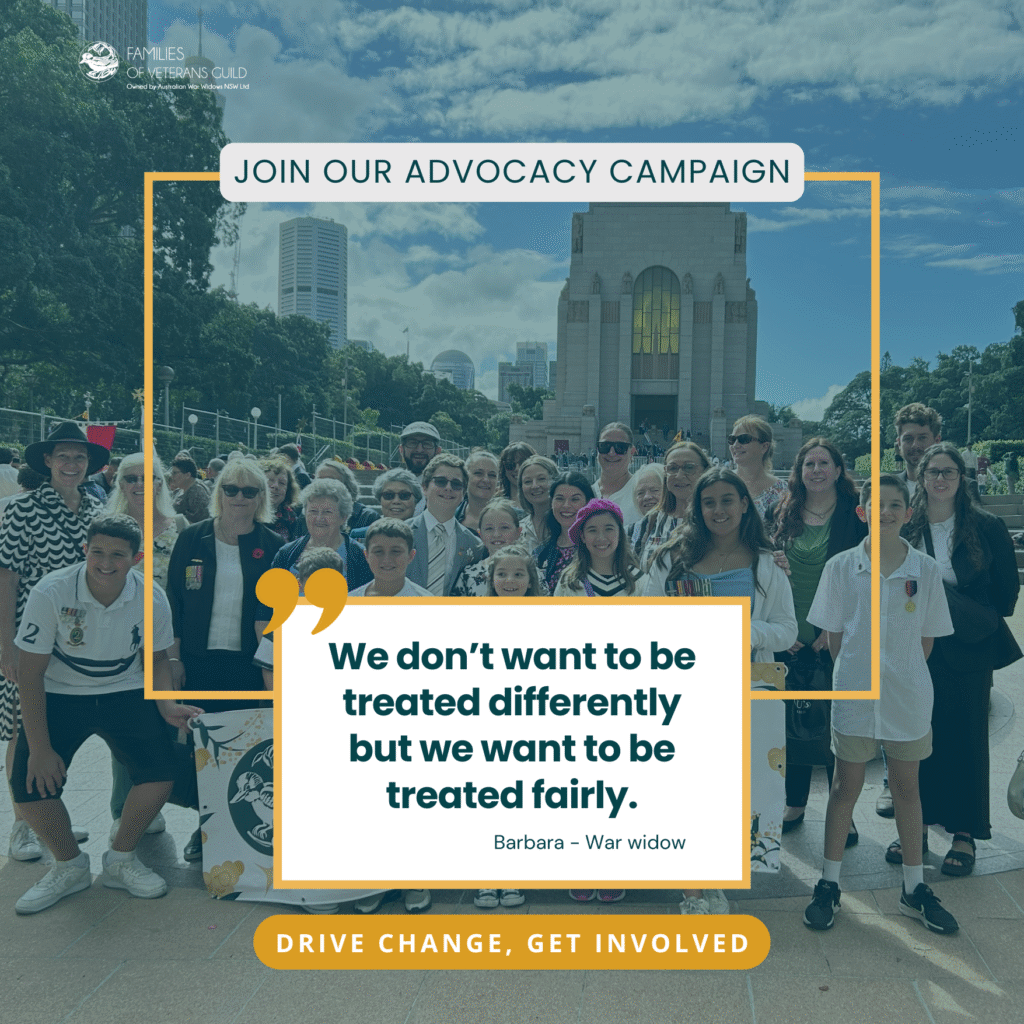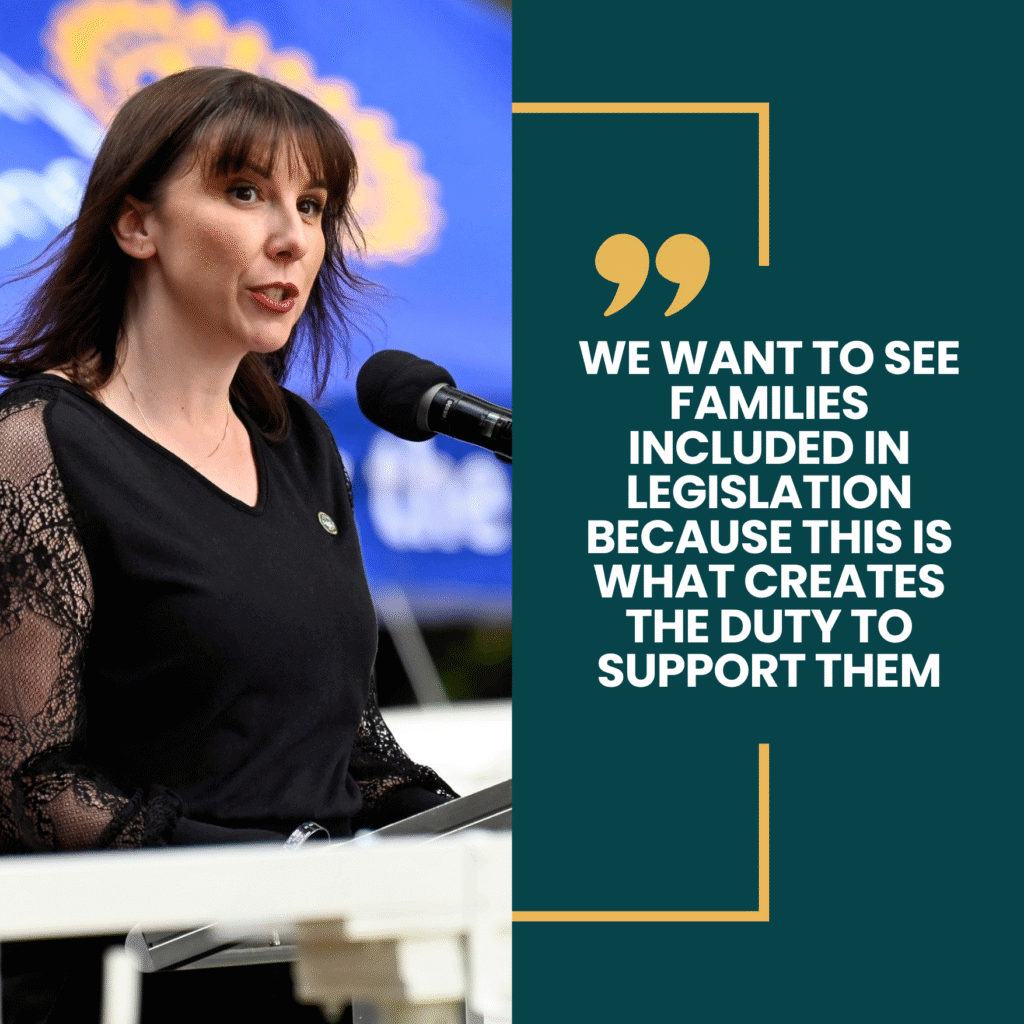It is often said that our Australian Defence Force (ADF) is a microcosm of the Australian population, reflecting the society that it serves though held to a higher standard. In 2023 a report into the prevalence of intimate partner violence within the defence and veteran community was published. That report was confronting reading.
The report showed that 46% of 300 intimate partners of transitioned ADF personnel recently surveyed reported exposure to any form of intimate partner violence (IPV).
- 43% experienced emotional IPV
- 9% experienced physical IPV
- 4% experienced sexual IPV
24% of 662 intimate partners of current serving ADF personnel recently surveyed reported exposure to any form of IPV.
- 23% experienced emotional IPV
- 4% experienced physical IPV
- 9% experienced sexual IPV
Within both of these groups, more than 90% are women.
We now have a little more understanding into the drivers behind some of these statistics thanks to the first report of the Domestic, Family and Sexual Violence Commission published during August. That report spoke to systemic issues across Australia and within systems of care. It also highlighted key risk factors like hyper masculine cultures and the need to refine masculinity in Australia. The report spoke of a need to focus not only on positive role modelling for men and boys but also a focus on men’s healing. We’d even take this a step further and suggest a need to also focus on men’s mental and biological health, particularly within a military context. Why? In a word trauma.
The yearly report highlighted two key findings which are significant within our population. The first is the Australian Childhood Maltreatment Study which shows the long tail of childhood traumas and their impact in adulthood. Connected to this was the second key finding (related to our community) citing research conducted on male perpetrators of intimate partner homicide. This research found that while there is no single pathway to intimate partner homicide, 55% of offenders have experienced traumatic life events including war and conflict, homelessness, incarceration, abuse and neglect and/or the death of a significant family member. Additionally, 32% of these offenders had experienced abuse and neglect in their childhood and adolescence.
Again, this is more sobering reading when you consider what we know about the experiences of veterans and their families in Australia and many of the challenges they face. It is easy to see the linkages between the 2023 prevalence study and the broader data presented in the Commissioner’s yearly report.
What is being done to address this? Not nearly enough. Defence has published a very broad strategy which makes in roads but doesn’t go far enough. It doesn’t address the power differential between uniformed personnel and civilians. It doesn’t address cultural issues or behavioural issues which give rise to hyper masculine cultures. It doesn’t address mitigating impacts of trauma which can give rise to adverse childhood experiences. It doesn’t address healing from trauma. It doesn’t address men’s mental health and the impacts of traumatic brain injury on behaviour.
There is so much to be done to better support our community and our families. Both men and women. As a community we need a clear voice to the Minister of Defence Personnel and Veterans’ Affairs. We need a return of the Ministerial Council for women and families to review and advise government on matters such as IPV and make linkages with the Office of the Domestic, Family and Sexual Violence Commissioner. With such a council, glaring gaps in strategies and policies such as the one discussed here could be known, examined and addressed and families would have an avenue to speak, to be heard and feel supported by a system that currently keeps them on the periphery. If the IPV study together with the Commissioner’s yearly report isn’t a wakeup call and isn’t enough to establish such a council and address issues like domestic and family violence in our community – what is?




